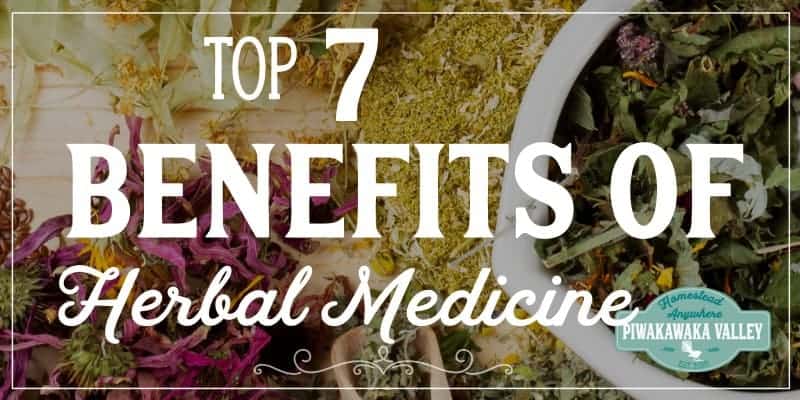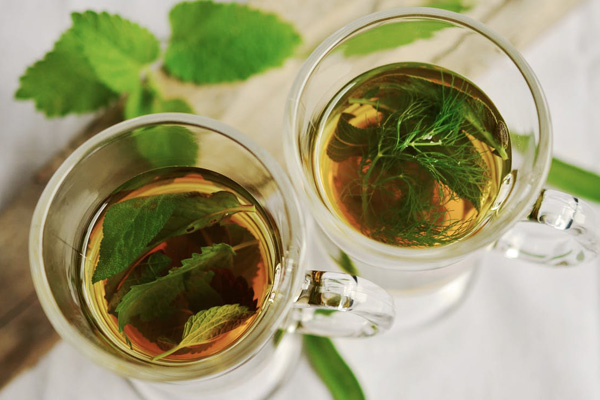The smart Trick of Herbalife That Nobody is Talking About
The smart Trick of Herbalife That Nobody is Talking About
Blog Article
Herbalife - Truths
Table of ContentsHerbalife Fundamentals Explained8 Easy Facts About Herbalife ExplainedHow Herbalife can Save You Time, Stress, and Money.Examine This Report on Herbalife

In 1990, expenditure related to "different" therapy in the United States was estimated to be US$ 13.7 billion. This had doubled by the year 1997, with organic medicines growing much faster than any various other different therapy (Eisenberg et al. 1998). In Australia, copyright, and the UK, yearly expense on traditional medication is estimated to be US$ 80 million, US$ 1 billion, and US$ 2.3 billion, specifically.
The complete commercial value of the ethnobotanicals market can not be neglected. In 1995, the overall turnover of nonprescription-bound organic medicines in drug stores was equivalent to almost 30% of the complete turnover of nonprescription-bound medications in Germany, and in the United States, the annual retail sales of organic products was estimated to be US$ 5 - herbal life.1 billion.
The Facts About Herbalife Revealed
In China, the overall worth of organic medicine made in 1995 got to 17.6 billion Chinese yuan (about US$ 2.5 billion; Eisenberg et al. 1998; WHO 2001). This fad has actually continued, and annual revenues in Western Europe got to US$ 5 billion in 2003-2004 (De Smet 2005). In China, sales of organic items totaled US$ 14 billion in 2005, and profits from herbal medications in Brazil was US$ 160 million in 2007 (Globe Health And Wellness Company; http://www.who.int/topics/traditional_medicine/en/). In China, in 2003, conventional herbal medicines played a prominent duty in the strategy to contain and treat severe acute respiratory system disorder (SARS), and in Africa, a typical natural medication, the Africa flower, has been used for years to treat wasting signs related to HIV (De Smet 2005; Tilburt and Kaptchuk 2008).
Herbs and plants can be processed and can be taken in various ways and types, and they include the whole herb, teas, syrup, vital oils, ointments, salves, massages, pills, and tablet computers which contain a ground or powdered form of a raw natural herb or its dried out extract. Plants and herbs essence differ in the solvent used for extraction, temperature, and removal time, and consist of alcoholic removes (tinctures), vinegars (acetic acid extracts), warm water extract (tisanes), lasting boiled extract, generally origins or bark (products), and cold infusion of plants (macerates).

About 200 years earlier, the first pharmacologically energetic pure compound, morphine, was created from opium removed from seeds shells of the poppy Papaver somniferum. This exploration revealed that medicines from plants can be purified and carried out in accurate does no matter the source or age of the material (Rousseaux and Schachter 2003; Hartmann 2007).
The Ultimate Guide To Herbalife
With this continued fad, items from plants and natural resources (such as fungis and aquatic bacteria) or analogs motivated by them have actually added greatly to the industrial drug preparations today. Examples consist of antibiotics (e.g., penicillin, erythromycin); the cardiac energizer digoxin from foxglove (Digitalis purpurea); salicylic acid, a precursor of pain killers, stemmed from willow bark (Salix spp.); reserpine, an antipsychotic and antihypertensive drug from Rauwolfia spp.; and antimalarials such as quinine from Cinchona bark and lipid-lowering agents (e.g., lovastatin) from a fungi (Rishton 2008; Schmidt et al.
Additionally, greater than 60% of cancer therapeutics on the market or in screening are based on all-natural products. Of 177 drugs accepted globally for therapy of cancer cells, even more than 70% are based on natural items or mimetics, a number of which are enhanced with combinatorial chemistry. Cancer therapeutics from plants consist of paclitaxel, separated from the Pacific yew tree; camptothecin, stemmed from the Chinese "happy tree" Camptotheca acuminata and made use of to prepare irinotecan and topotecan; and combretastatin, acquired from the South African bush willow (Brower 2008.
2010). Between 2005 and 2007, 13 drugs derived from natural items were authorized in the United States. Greater than 100 natural product-based medications remain in scientific research studies (Li and Vederas 2009), and of the complete 252 official site medicines worldwide Health and wellness Company's (WHO) essential medication checklist, 11% are specifically of plant origin (Sahoo et al.
WHO has recognized the essential payment of standard medicine to supply essential care (World Wellness Organization, http://www.who.int/topics/traditional_medicine/en/. In 1989, the united state Congress developed the Office of Choice Medicine within the National Institutes of Wellness to motivate clinical research study in the field of conventional medicine (http://nccam.nih.gov, last gain access to: November 5, 2010), and the European Scientific Cooperative on Phytotherapy (ESCOP) was founded in 1989 with the aim of advancing the scientific standing and harmonization of phytomedicines at the European level (www.escop.com, last access: November 5, 2010).
The Of Herbalife
In the USA, the National Facility for Corresponding and Natural Medicine at the National Institutes of Health invested roughly US$ 33 million on organic medicines in the 2005; in 2004, the National Canadian Institute dedicated almost US$ 89 million for studying a series of standard treatments. While this scale of investment is reduced compared to the overall r & d expenditures of the pharmaceutical industry, it however reflects authentic public, industry, and governmental passion in this field (Li and Vederas 2009). With remarkable development in the interest in and usage of traditional medications worldwide, 2 major areas of worry develop that bring major obstacles.
:max_bytes(150000):strip_icc()/VWH_Illustration_10-Healing-Herbs-With-Medicinal-Benefits_Illustrator_Mira-Norian_Title_Final-47ce13013375448c9e8e7e8c21fb50f7.jpg)
Report this page